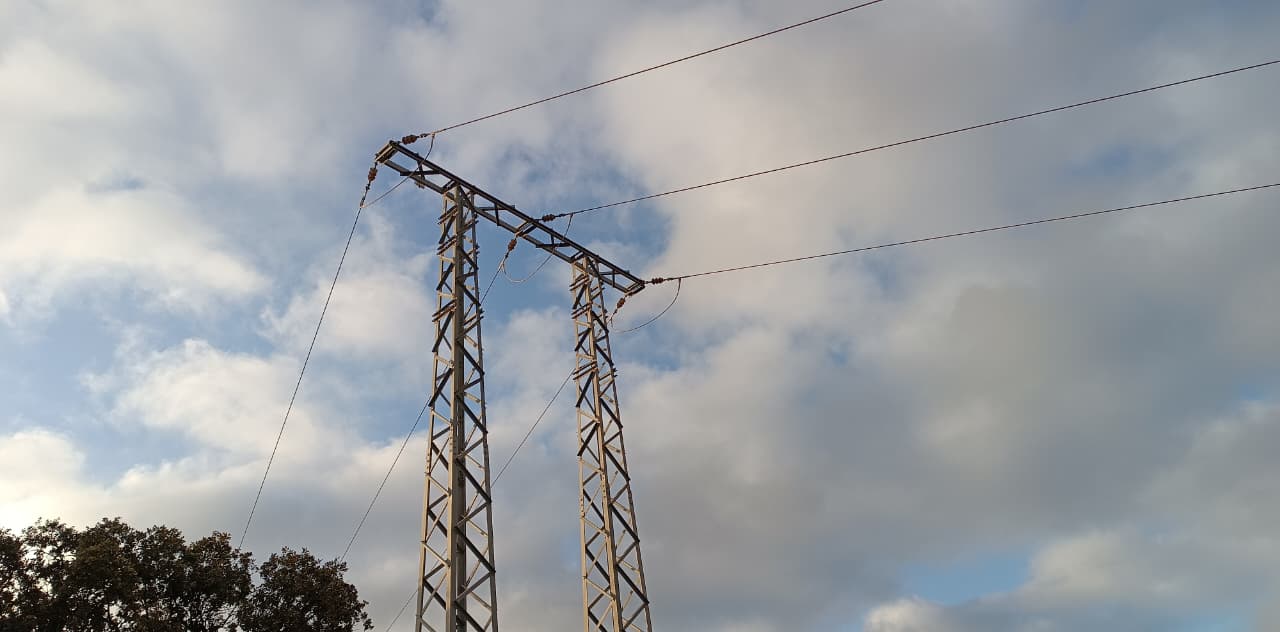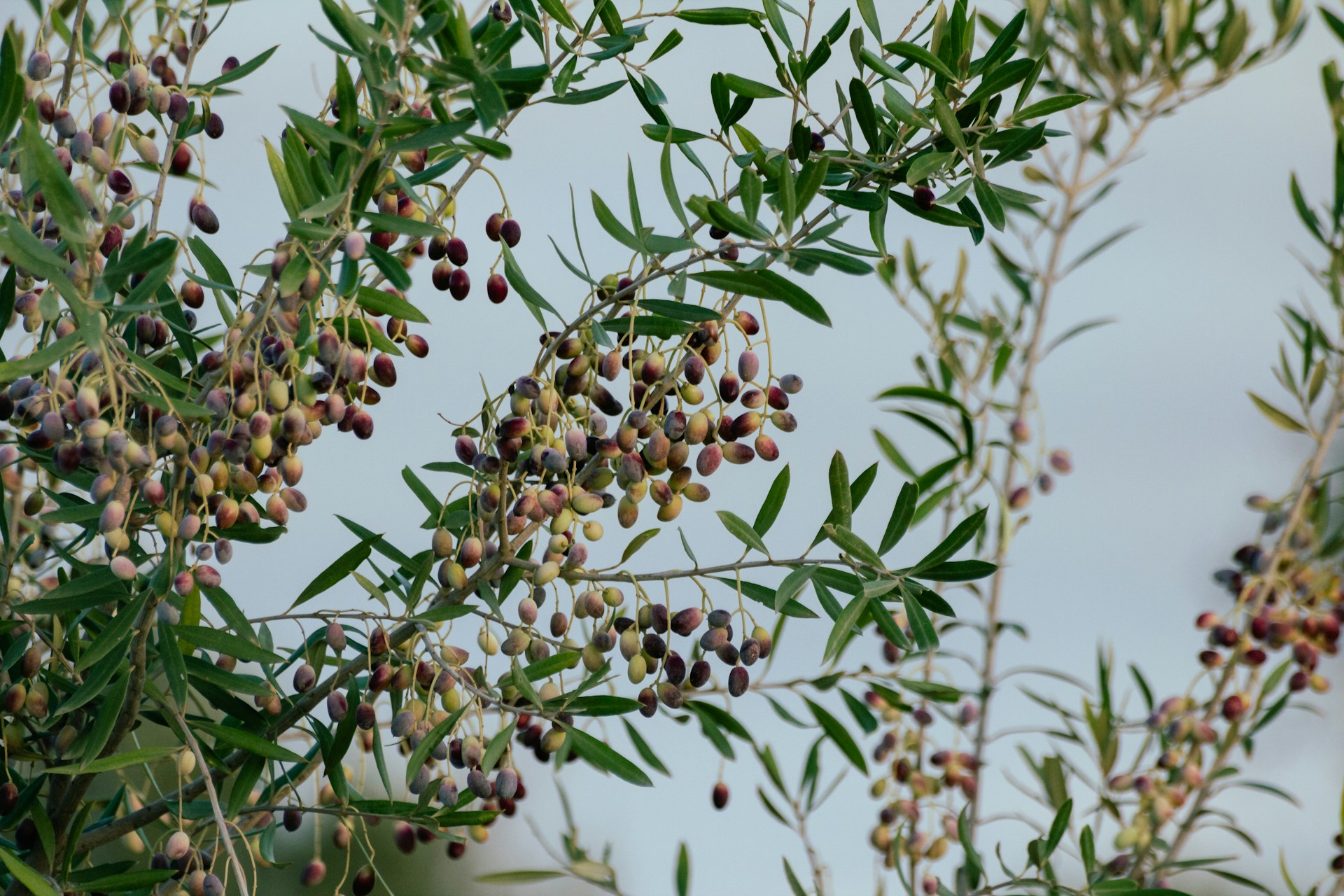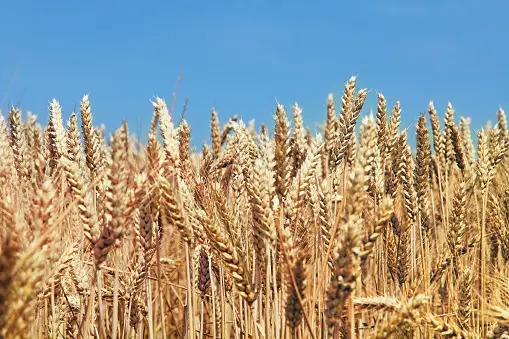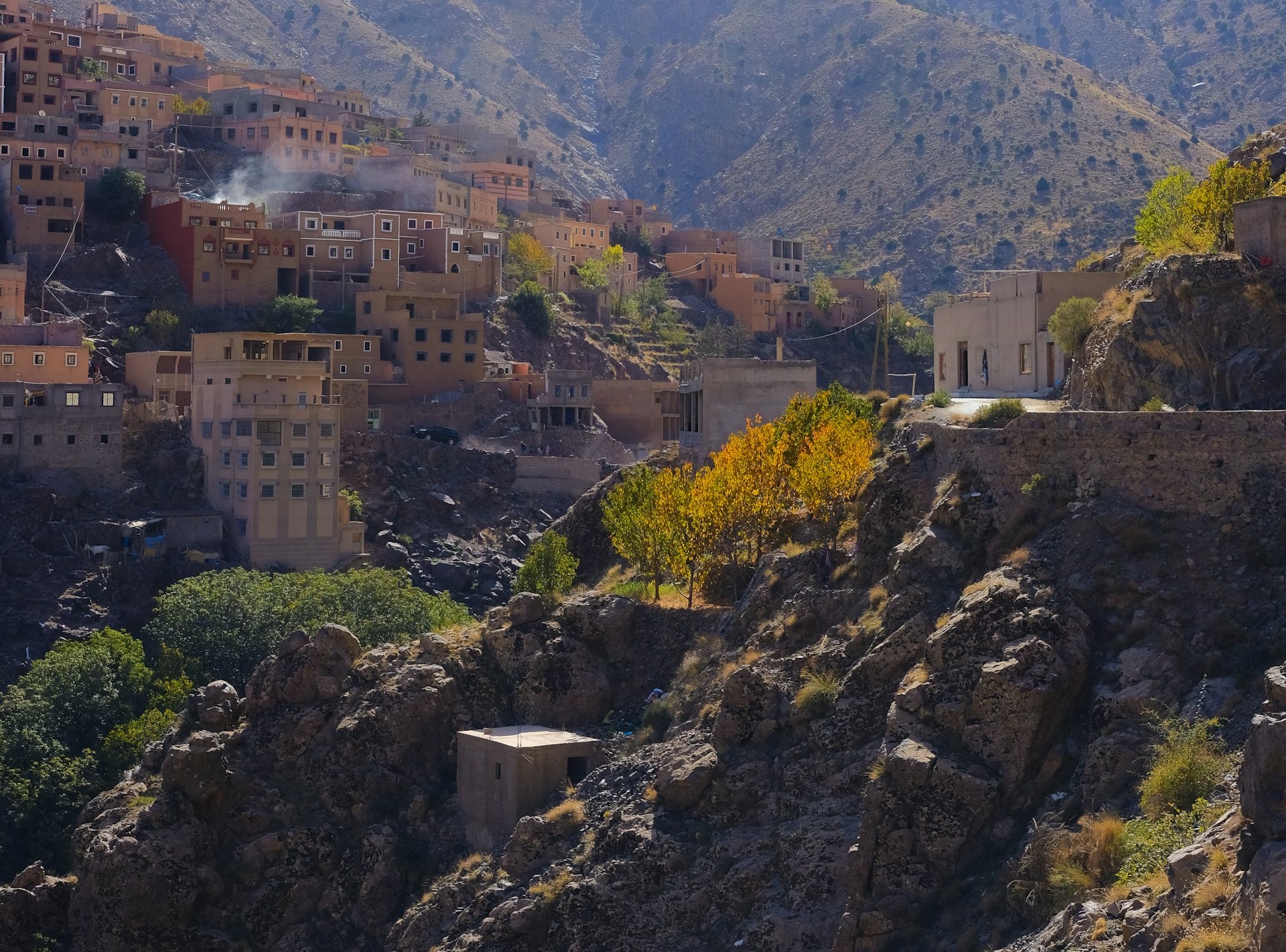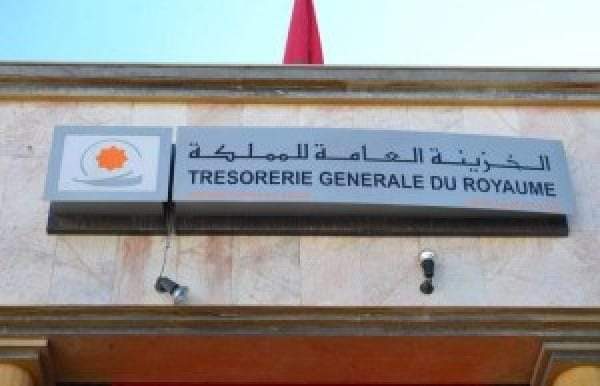Casablanca – Morocco’s electricity sector continues to show strong momentum, with national production increasing markedly during 2025, reflecting both higher domestic demand and ongoing industrial recovery. According to data from the Directorate of Studies and Financial Forecasts (DEPF) under the Ministry of Economy and Finance, electricity production rose by 5.3% at the end of August 2025, compared to 2.3% during the same period in 2024.
The report highlights that this performance is primarily the result of higher private-sector production, which grew by 7.5%, and increased generation by the National Office of Electricity and Drinking Water (ONEE), up 5.7% year-on-year. Together, these two contributors have strengthened Morocco’s overall energy output at a time when national demand for electricity has surged.
Rising production and expanding demand
The steady improvement in production aligns with Morocco’s growing energy needs, which have expanded alongside the country’s industrial and urban development. Between August 2024 and August 2025, net electricity demand—the volume of power actually consumed after accounting for network losses—more than doubled in growth rate, rising from 3.3% to 6.7%.
This surge in consumption has been particularly pronounced across industrial zones, new urban projects, and infrastructure developments linked to the country’s ongoing modernization efforts. Data from the DEPF indicate that total electricity consumption jumped by 15.4% at the end of August 2025, compared to just 1.2% a year earlier. This sharp rise points to an economy that is regaining momentum, fueled by robust activity in manufacturing, services, and construction.
Energy analysts note that such an increase in demand also reflects the broader economic recovery following a period of slower growth in 2023 and 2024. “The rise in electricity use is a clear indicator of Morocco’s industrial rebound and expansion in key economic sectors,” one energy economist observed, noting that consumption trends often serve as a proxy for overall economic vitality.
Import dependence and export slowdown
To meet this accelerating demand, Morocco has had to rely more heavily on imported electricity. The DEPF report shows that electricity imports grew by 27.5% during the first eight months of 2025, maintaining nearly the same growth pace as the previous year (+27.2%). These imports—mainly from Spain—continue to play a crucial role in stabilizing the national grid during periods of high consumption or reduced domestic renewable output.
Meanwhile, electricity exports have declined sharply, falling by 29.4% after a 22.3% decrease in 2024. This drop reflects Morocco’s strategic choice to prioritize domestic supply in response to rising internal needs. Analysts suggest that as demand continues to expand, exports will likely remain secondary to ensuring sufficient national coverage, particularly during peak consumption months.
Renewable energy faces temporary setback
Despite Morocco’s commitment to green energy, the report shows a temporary decline in renewable generation. Renewable electricity production under Law 13-09—which covers private renewable producers—fell by 11% in 2025, reversing the 39.3% surge recorded in 2024.
Several factors may explain this decline, including fluctuating weather conditions affecting solar and wind output, as well as scheduled maintenance in some renewable facilities. However, government officials and energy observers agree that this slowdown does not alter Morocco’s long-term trajectory toward cleaner energy sources.
Morocco remains one of the leading renewable energy developers in Africa, with ongoing projects such as the Noor Ouarzazate solar complex, major wind farms in Tarfaya and Midelt, and new hybrid solar-wind plants under construction. These initiatives aim to raise the share of renewables in the national electricity mix to over 50% by 2030, in line with the country’s energy transition goals.
Balancing supply, demand, and sustainability
The contrasting trends—rising overall production, growing demand, increased imports, and weaker renewable output—illustrate the complexity of Morocco’s current energy landscape. While the electricity sector has successfully kept pace with economic expansion, the country faces the challenge of maintaining a stable and sustainable energy mix amid changing climatic and economic conditions.
The DEPF emphasized that the observed growth demonstrates “a resilient and adaptive energy system capable of supporting national development,” while acknowledging that “further investments in renewable capacity and grid infrastructure are essential to meet future demand sustainably.”
In this context, Morocco continues to attract private and international investment into its energy sector. Partnerships with European and Gulf countries, as well as ongoing projects with multilateral institutions, are expected to enhance energy efficiency, expand grid capacity, and modernize infrastructure.
Outlook for the coming years
Looking ahead, Morocco’s energy planners expect electricity consumption to continue rising in 2026, driven by industrial growth, digital infrastructure expansion, and population increase. However, with major renewable projects set to come online in the next two years, the country could gradually reduce its reliance on imports and stabilize its export potential.
For now, Morocco’s strong 2025 performance reflects a dynamic phase of growth and transition—where expanding production meets accelerating demand, and the balance between conventional and renewable sources remains at the heart of national energy policy.






